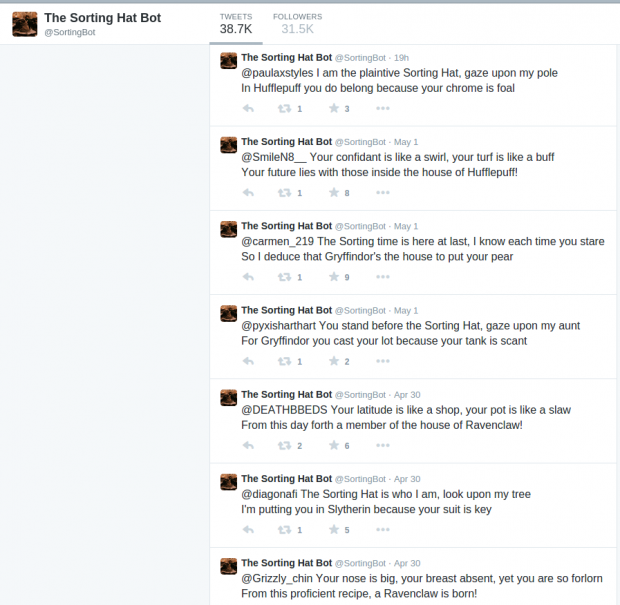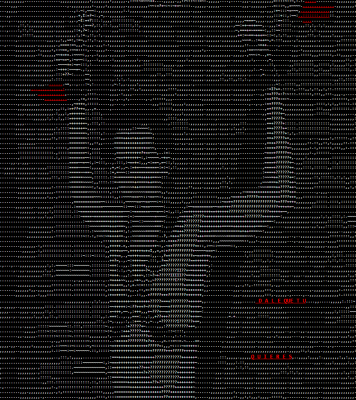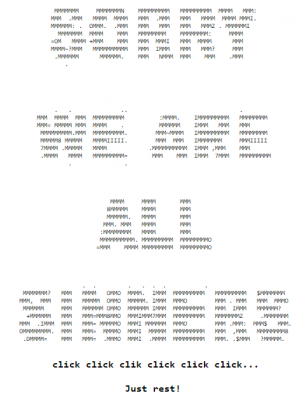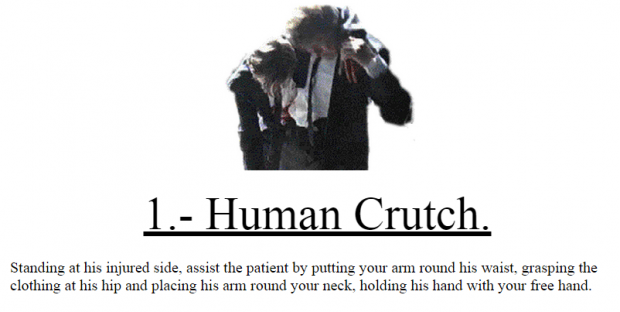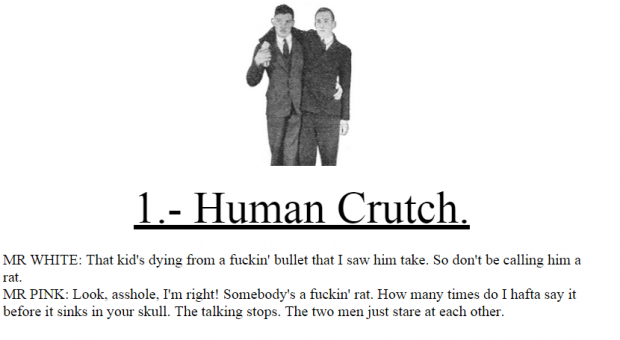This week I’m going to focus on MAX MSP based projects.
AudioDome SoundBlox is an interactive sequencer installation. Different sound inputs are controlled by flipping and positioning large blocks. These blocks are tracked from above sounds are played back based on the image tracker exposed.
I found this project most interesting because of its scale. There is a history of sound generating projects using image tracking or object positioning. However, these projects usually remain table top pieces and maintain a lot of the characteristics of classic digital sound manipulation tools. This SoundBlox are interesting because the blox themselves begin to take on anthropomorphic qualities because of their sound and the positioning of the speaker inside of the block. Their position in relation to a person experiencing the installation becomes relevant. The method of sound manipulation is more related to the sound itself.
I wish that the image trackers were more indicative of the type of sound they produced. It often became difficult to tell which block was responsible for which sounds or how they would change. It could also be interesting if the shape of the box itself was reflective of this. Maybe the boxes aren’t box shaped at all.
NOISY JELLY from Raphaël Pluvinage on Vimeo.
Noisy Jelly is a fun, silly project that uses capacitive touch sensing in molded colorful jello shapes to generate sounds through a MAX patch. I think the most interesting moments with this project are when the shapes create an unexpected sound in relation to their form. And when people being to experiment with the shapes in a new way. particularly when the shapes are broken to create new shapes or stacked on top of each other to activate multiple sounds at once.


